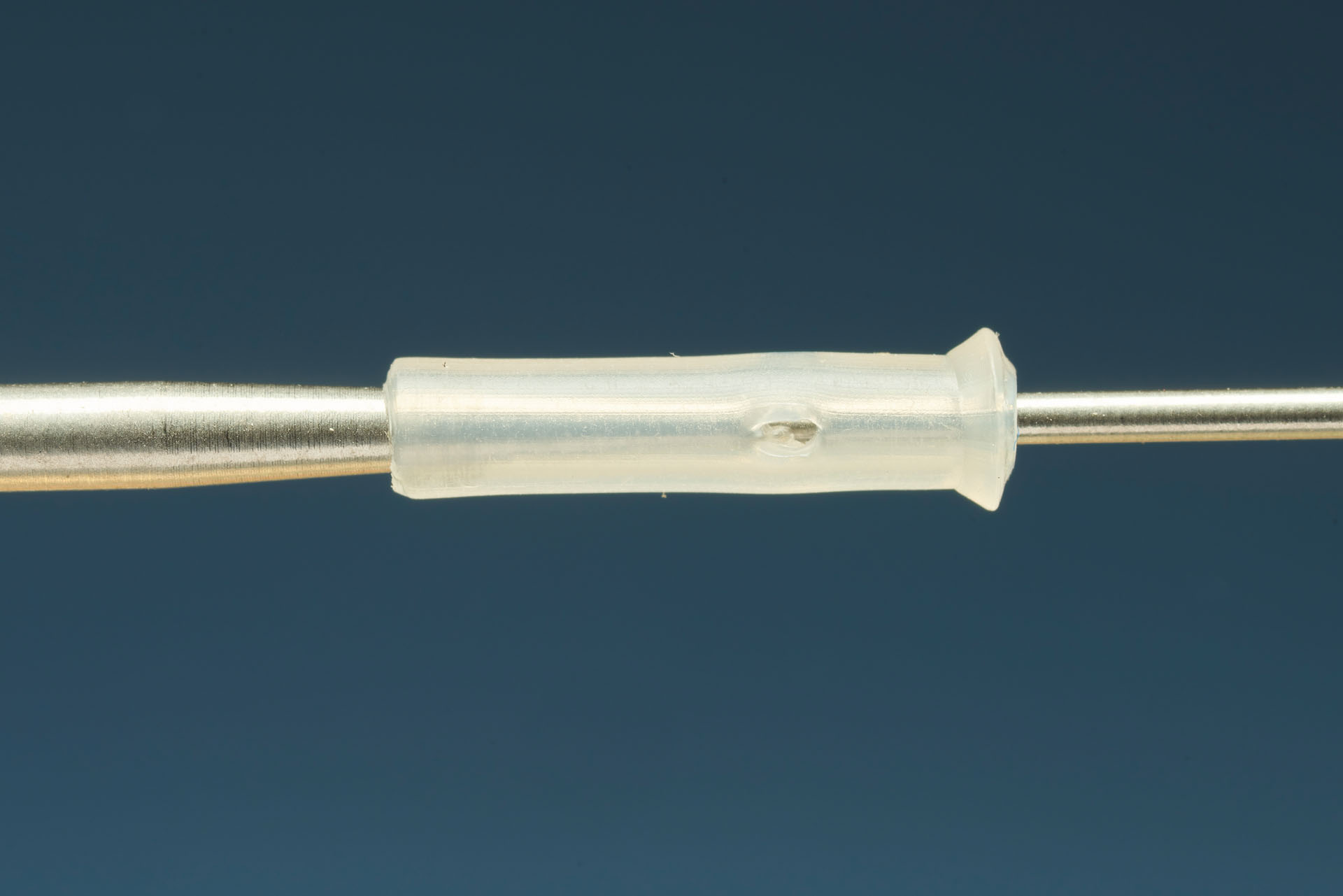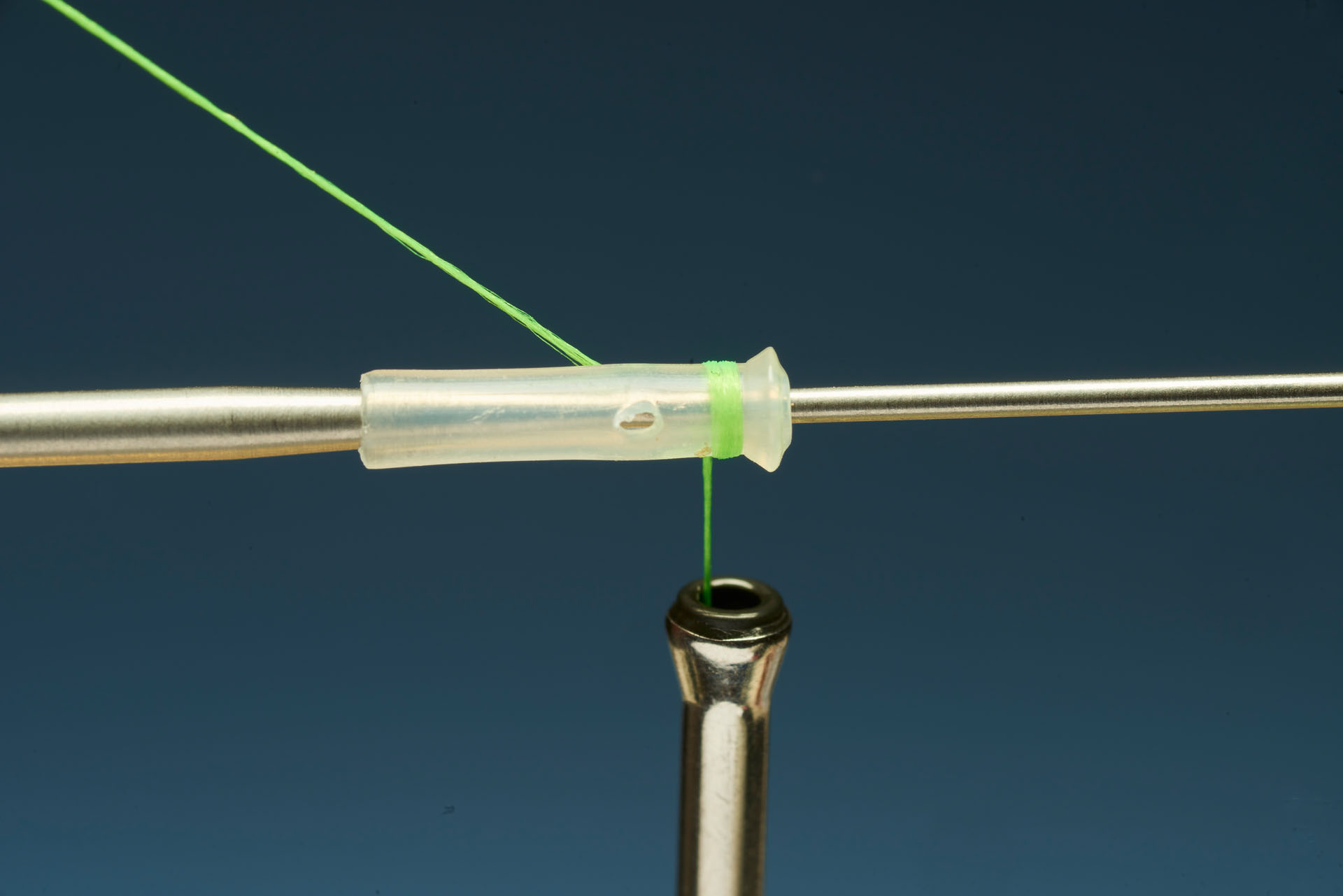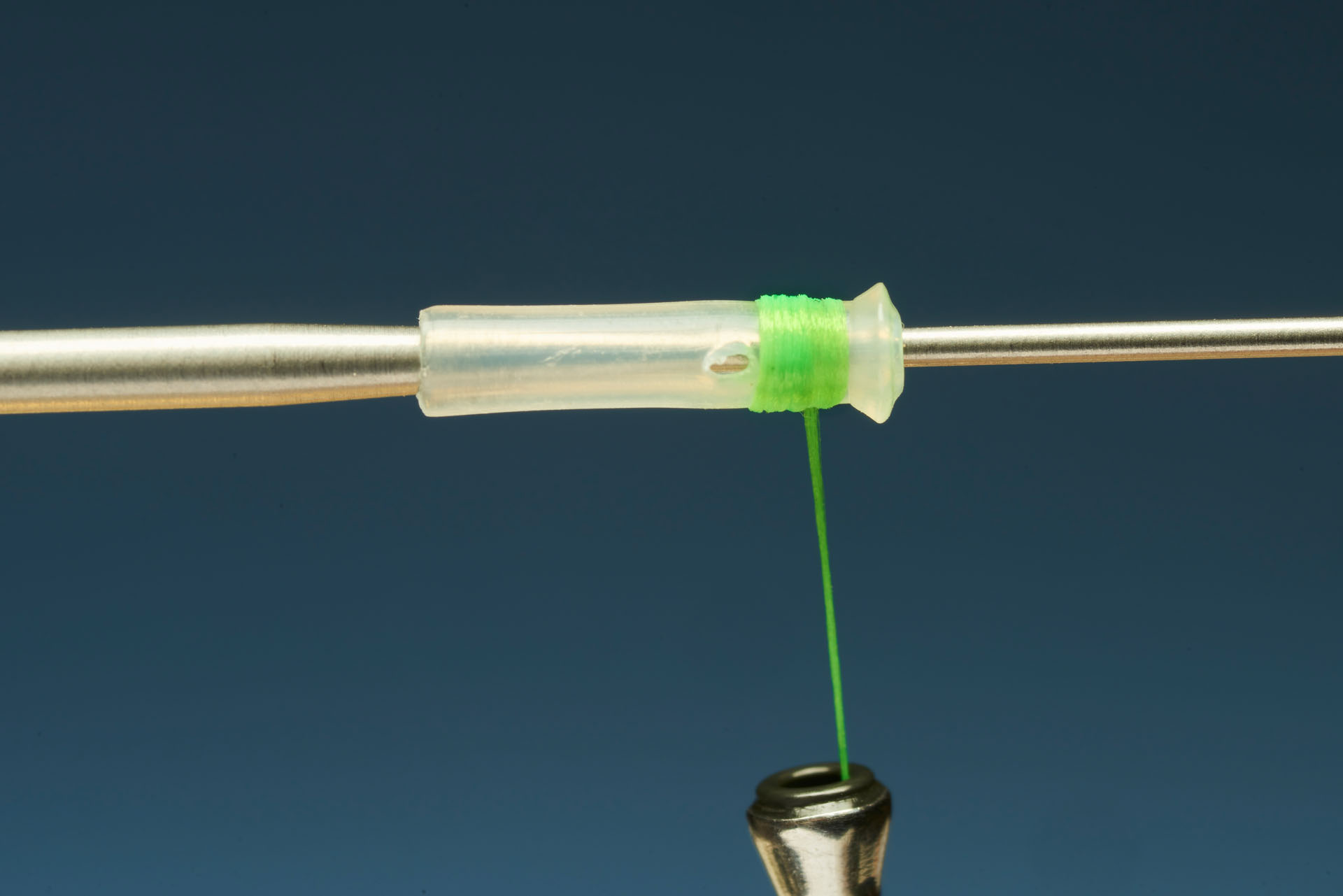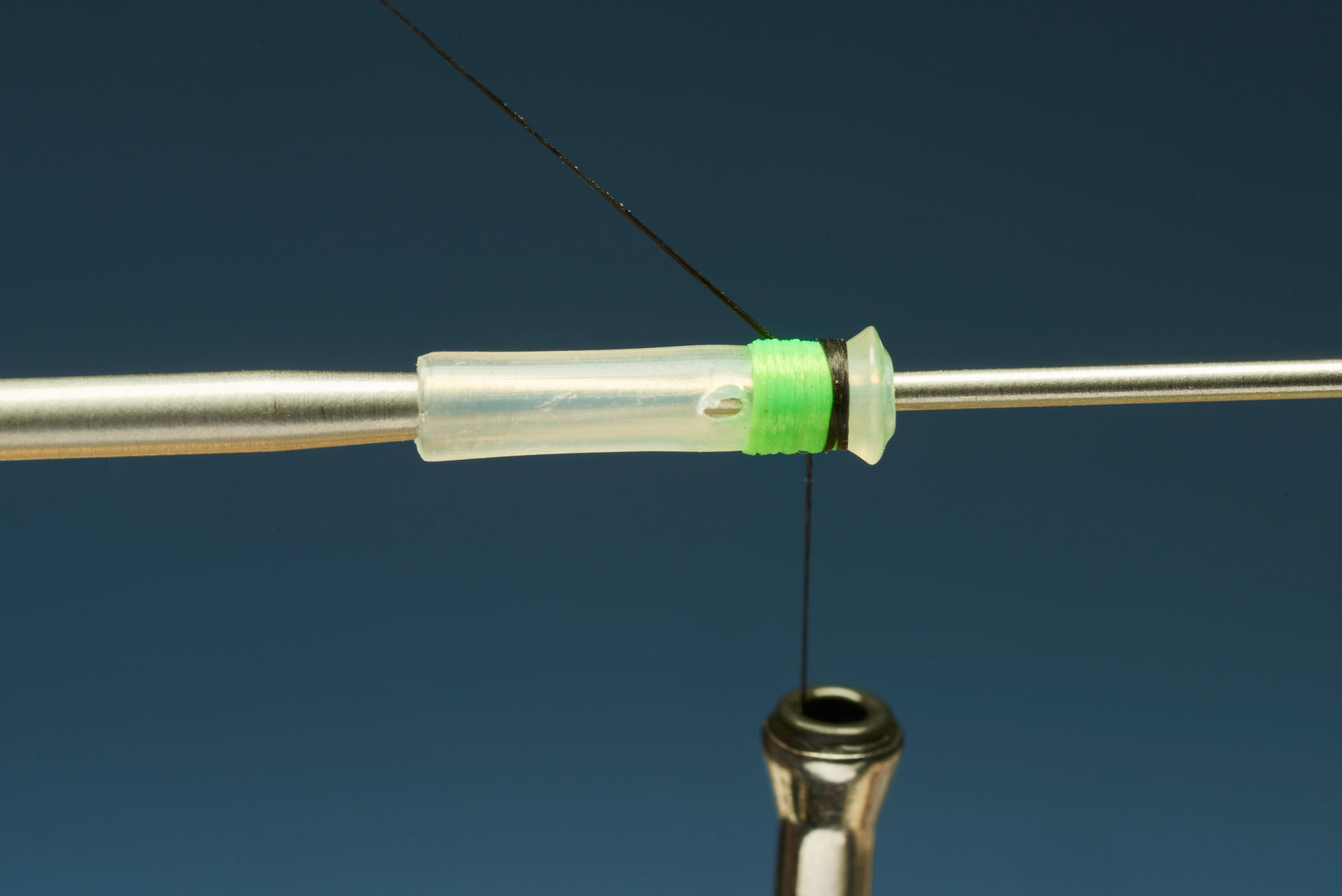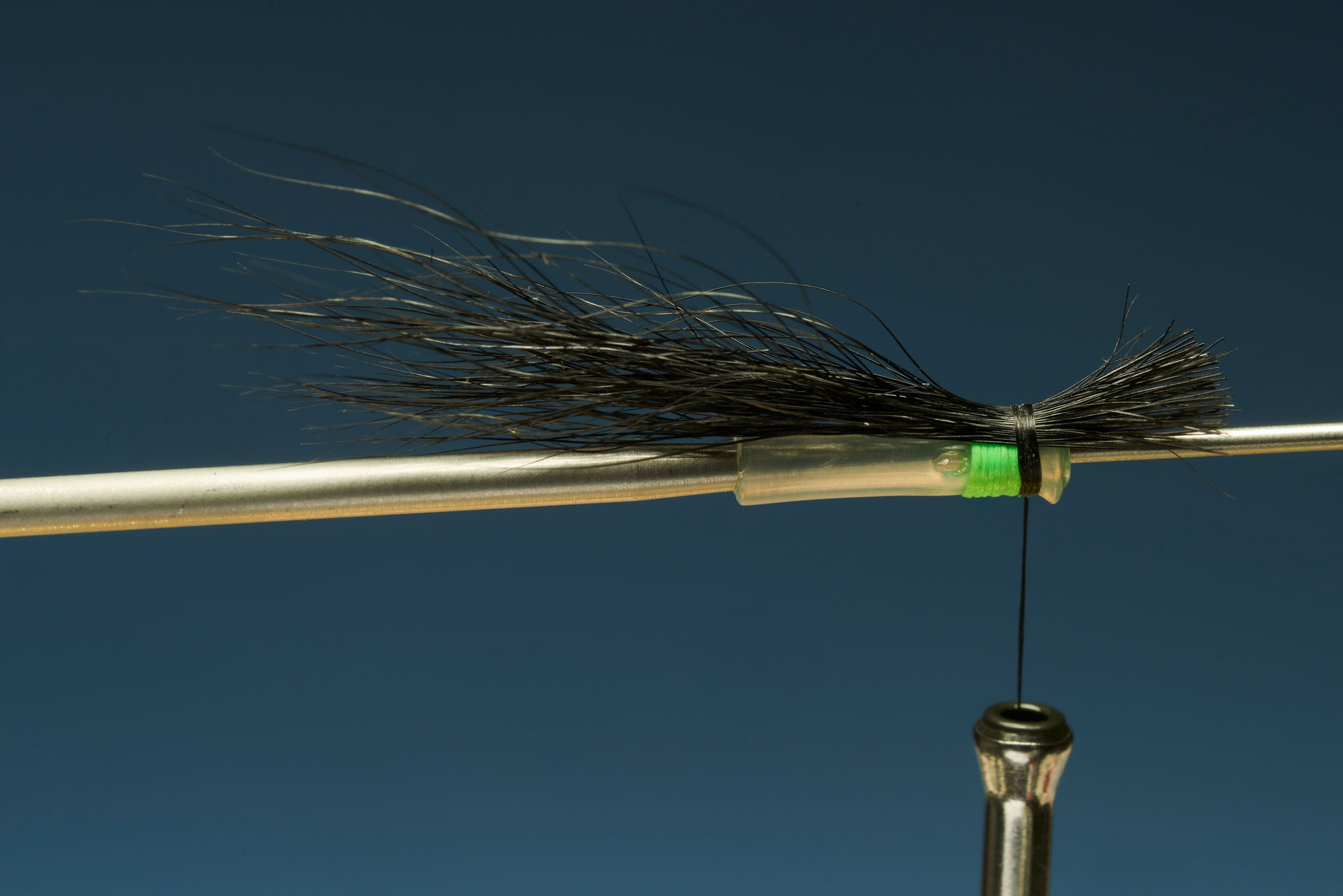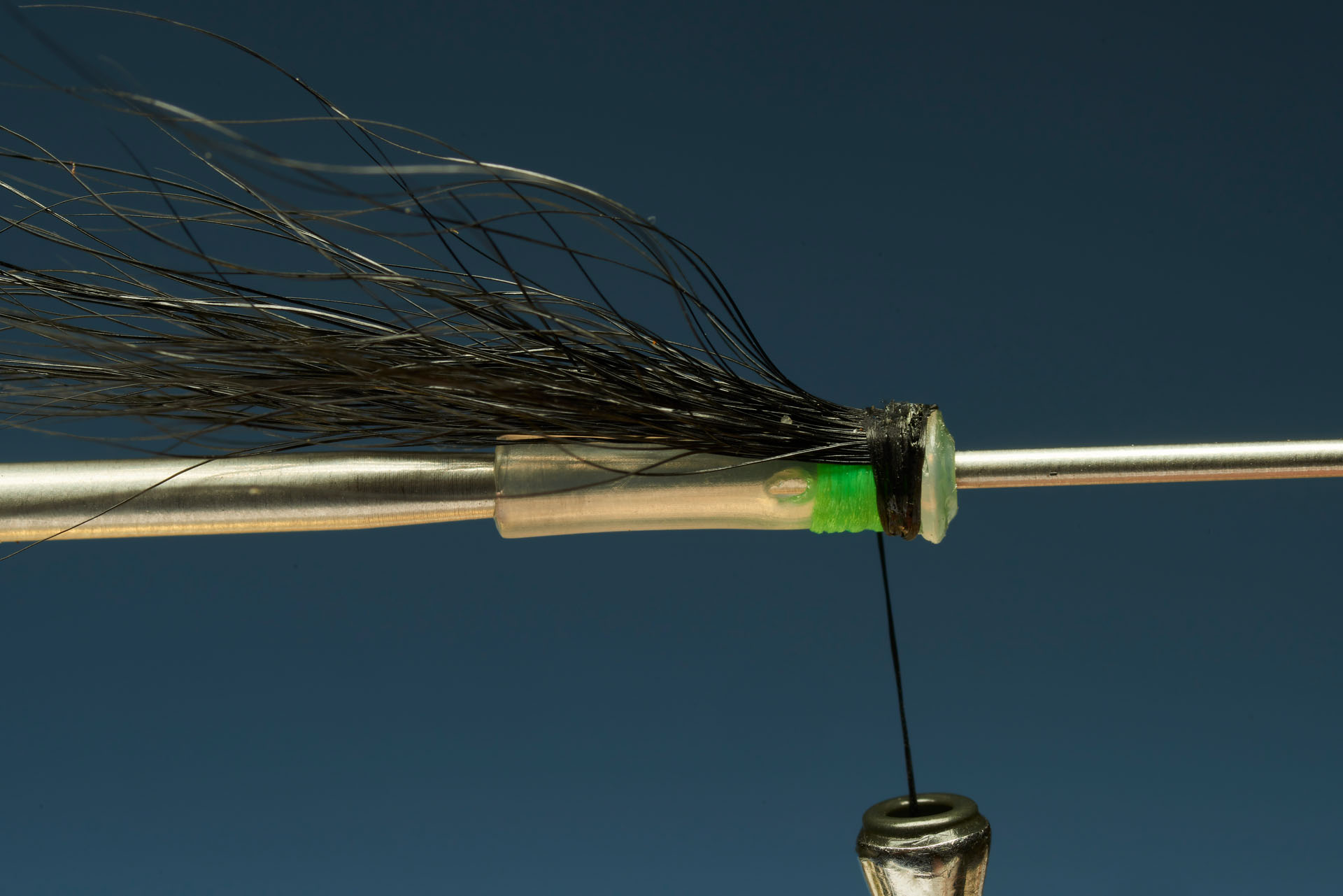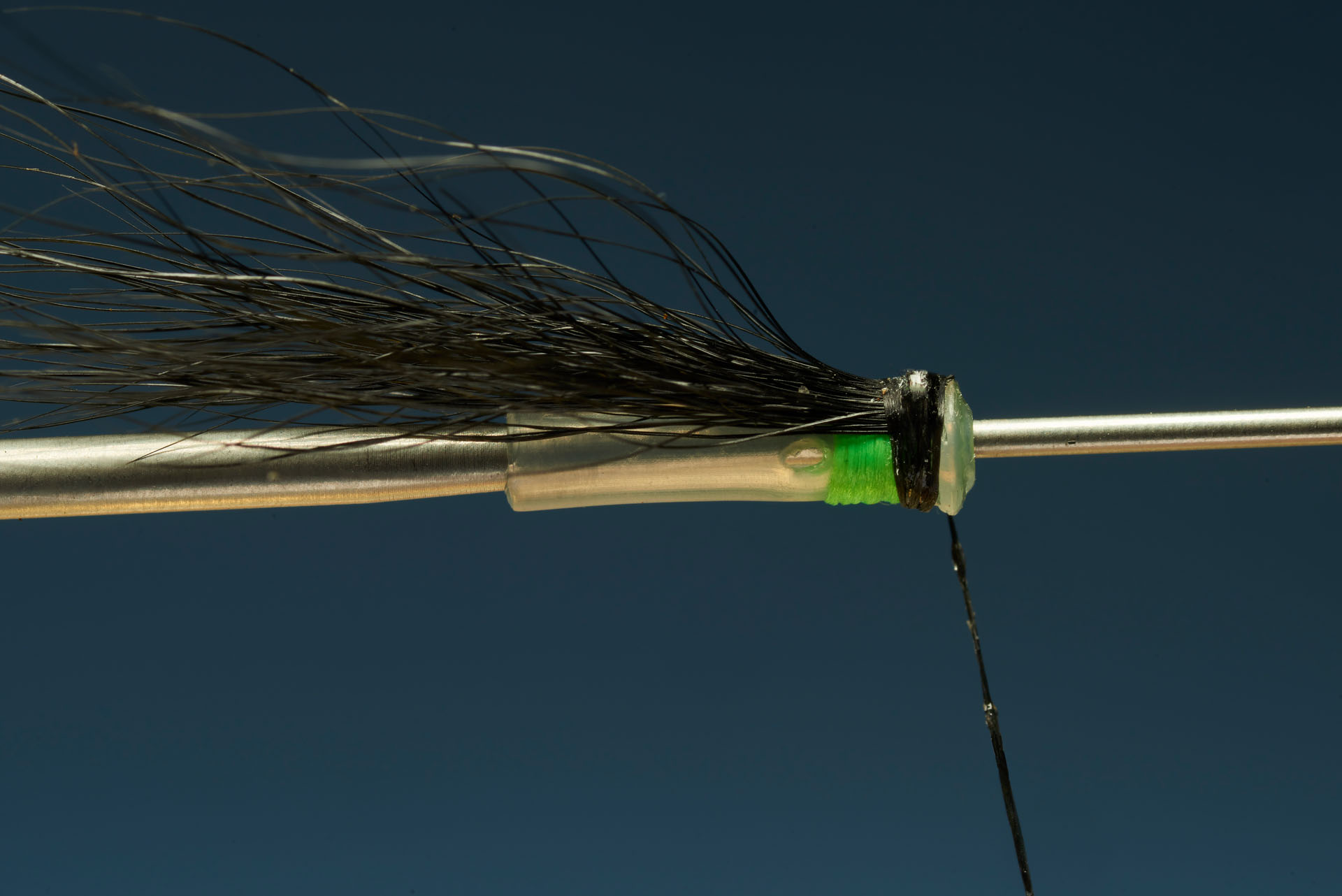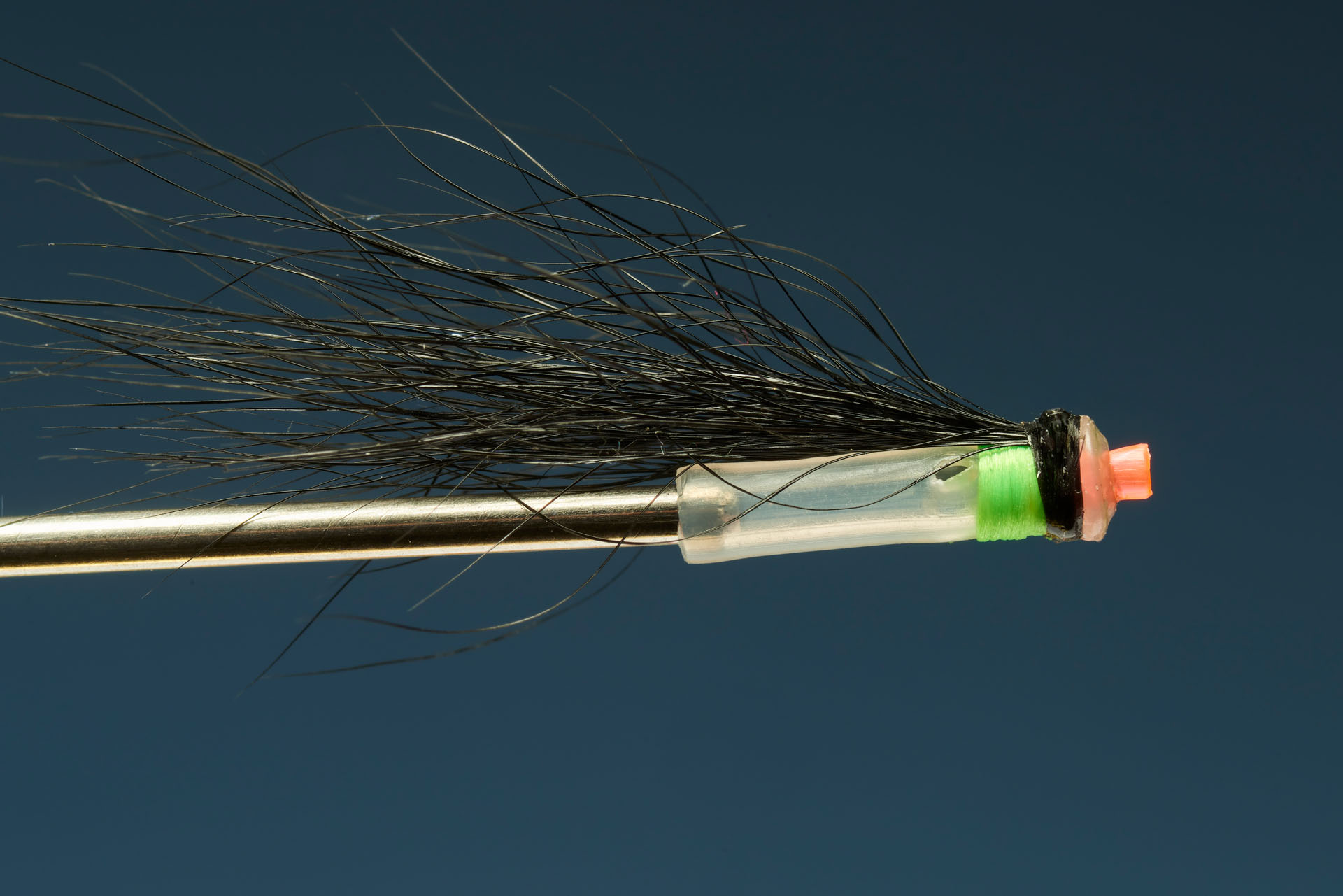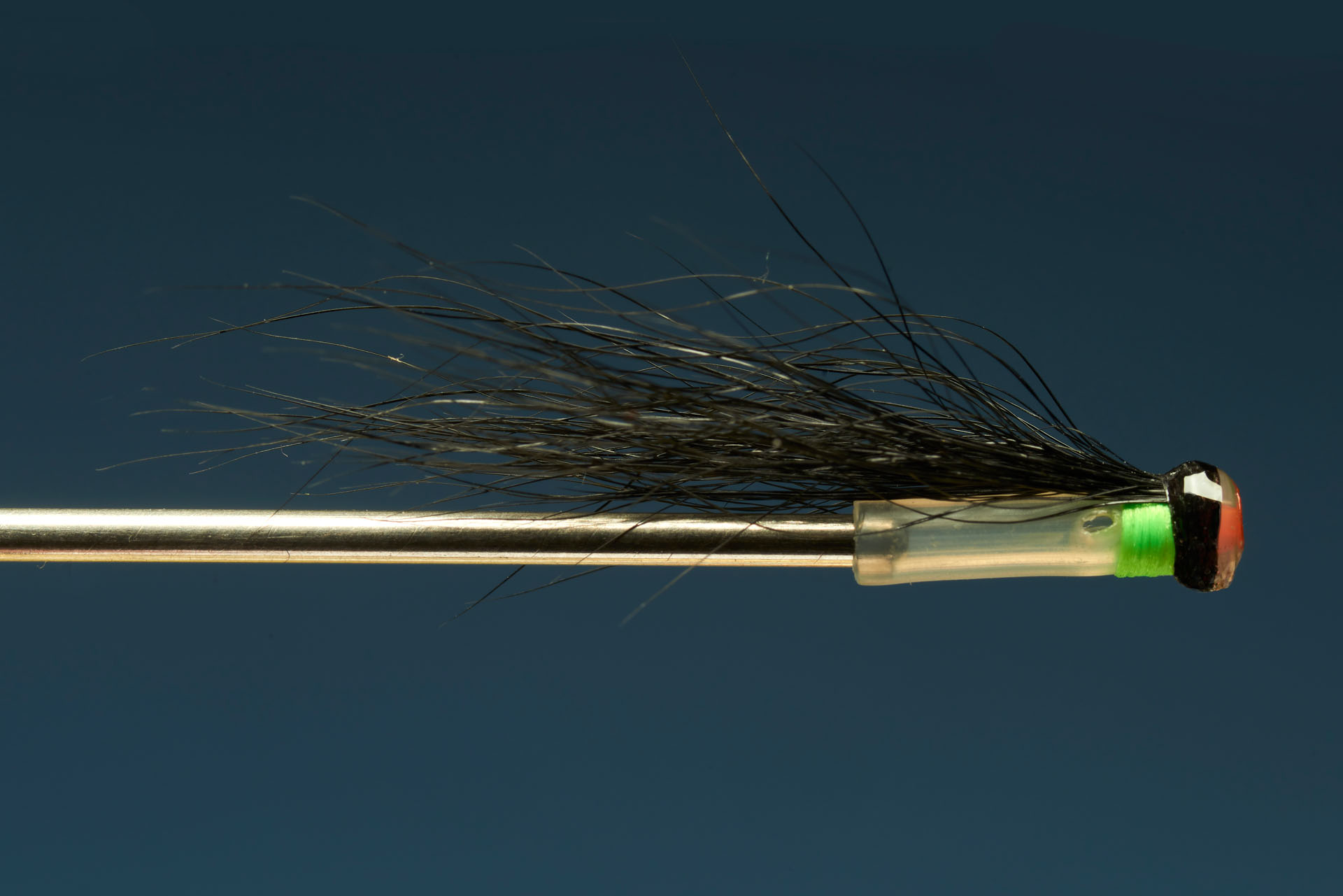How to tie the Mr Deadly Hitched Tube
Stuart Foxall reveals how to tie and fish a deadly hitched tube that could turn an ordinary day on a summer salmon river into one of life’s great memories
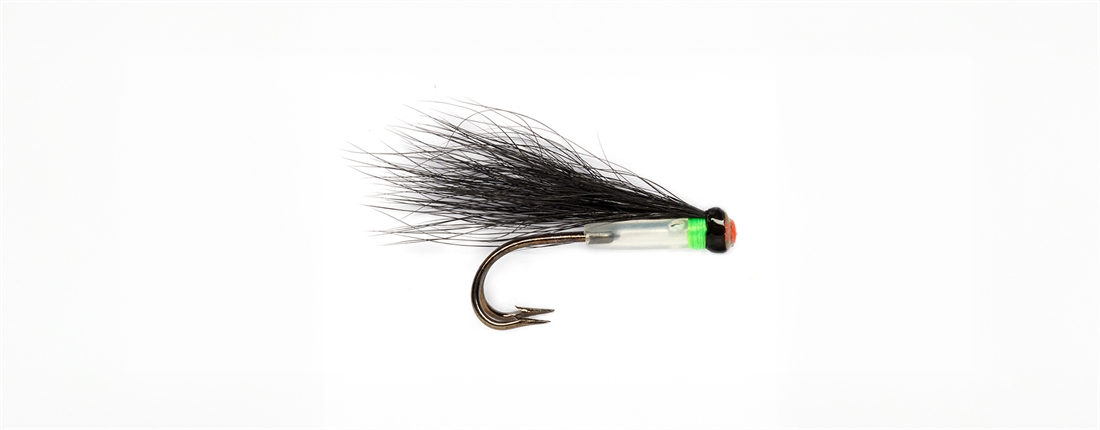
Hitch flies came about by happy coincidence, or so the story goes. At the beginning of the 20th century in Newfoundland, local anglers would recycle the damaged gut-eyed flies discarded by visiting British anglers. Not trusting the gut, they would tie their flies directly to leaders with a series of hitch knots to the shank of the hook. They found these flies created a small wake on the river’s surface when swung across the current. The salmon found them irresistible.
One man who understands this well is David Johnstone, longstanding gillie at the Skelpick Estate on the River Naver in Sutherland. In 2021, he was awarded the Malloch Trophy for landing Scotland’s biggest salmon of the year, a wonderful 29½lb spring fish caught on a single hook.
Davie is a thinking fisher. Seeking to create a small, attractive wake or V in the water, he selected a small tube that wasn’t overly dressed. His wing was just black squirrel, so it didn’t create a big silhouette. He blocked the front hole of the tube (where the leader would normally be threaded) to create a small air bubble within the tube, which made the fly more buoyant. He added an orange UV resin hotspot at the head so that guests with poor eyesight could see the fly at greater distance. The Mr Deadly was born.
Davie uses a hitch fly on the Naver as soon as the water temperature reaches 10 deg C, usually in May. Naver water is always fairly clear because the loch at the top of the system filters the colour out of most spates. Therefore, the salmon can see the hitch and are often free-taking. As the water temperature increases, the fish become more aggressive towards hitch flies, but they can switch off if the water is too warm.
Davie uses a 10ft single-hander, or a small switch rod, and a seven-weight floating line. Either rod is light enough to handle for long periods and gives him enough length to control and mend his line. He uses 10ft of 8lb-12lb Daiwa Sensor nylon, the strength depending on what he can get away with in the water height. The lower the river, the spookier the fish. Thinner leader is also more supple, so the fly will move slightly better in slower flows. In my experience, a straight-through leader is more effective because knots can cause mini-wakes — I’ve had fish even try to take a knot.
The bank on which you’re fishing dictates which hole in the side of the tube you thread your leader before tying on the hook. Always choose the hole closest to you as it swings downstream. This forces the fly to fish slightly sidewards and creates the waking V.
Davie casts fairly square and lets the stream pull his fly around to create the constant wake he considers essential. As the fly loses speed at the end of the swing, he leads it into the bank with a sideways movement of the rod, stripping a little line, and even throwing small downstream mends to speed things up.
MATERIALS
Tube Thin clear plastic with a hole pierced on either side with heated bodkin needle (Frödin small tubing is ideal) Body Chartruese Glo-Brite floss no. 12 Thread Black
Wing Black squirrel tail Head Black Hotspot Red or orange tube liner, or UV resin
■ Try different coloured tubing. Davie uses an orange floss with orange squirrel tail in late summer and the back end. ■ Try adding a little flash to the wing. ■ Davie chooses a slightly larger treble than most (size 14 Kamasan) and larger singles. ■ A hook with a large gape leads to better hooking. A larger hook also makes the fly slightly “rear heavy”, so keep the fly moving, or it will sink.
HOW TO TIE THE MR DEADLY
